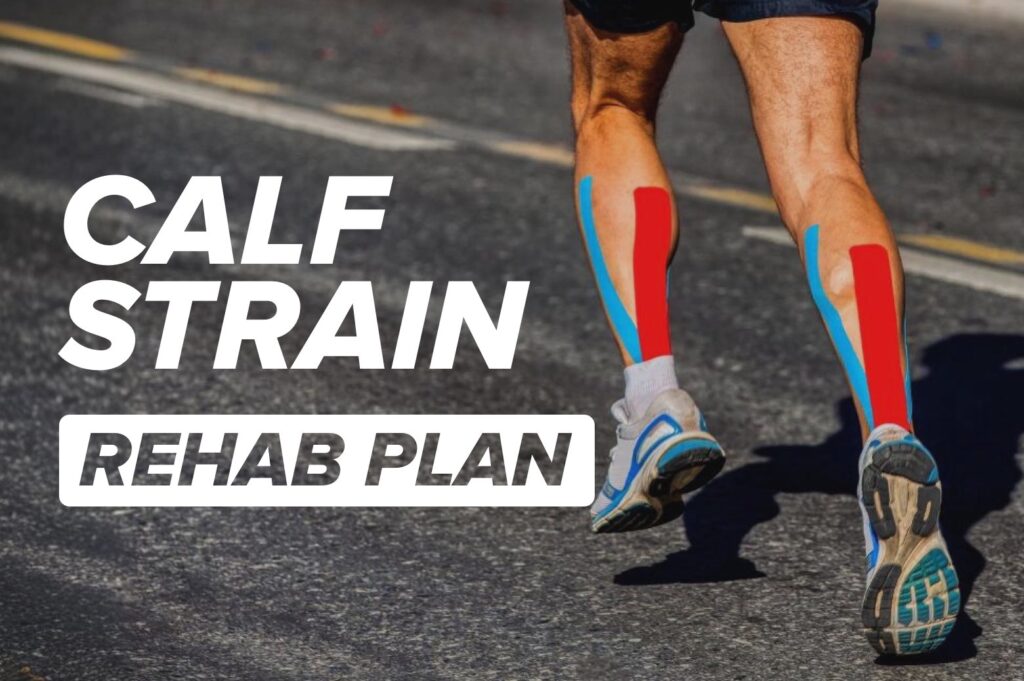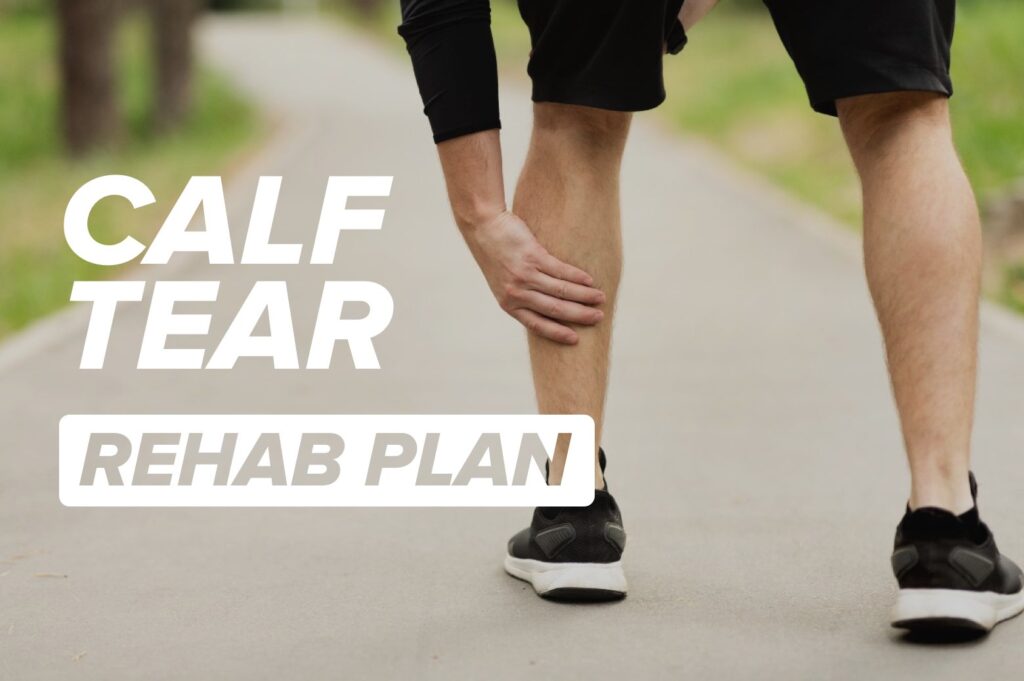How To Diagnose and Treat Calf Strains and Tears
Mark Green
Have You Strained or Torn Your Calf Muscle?
Calf injuries are one of the most common complaints we see in the physio clinic—especially in runners. And if you’re over 40, you’re even more likely to be nodding along to what I’m about to say…
Here’s the deal: As you get older, your body naturally loses some of it’s elasticity and flexibility—particularly if you’re not stretching or rolling regularly. Combine that with the effects of years spent sitting at a desk, and you’ve got a recipe for trouble.
We see it all the time: A 40-something-year-old runner starts building up for a half marathon. They string together 4–6 weeks of consistent running, add in some speedwork, and then—ping—a calf goes.
A few days later, it feels good enough to walk on, so they test it with a gentle 5km run. Five minutes in—ping again. So they take two weeks off.
After that break, it feels okay, so they try running again. This time, it holds up for the full run. Cue celebrations!
Next day: they’re out doing 10km to make up for lost time… and ping—calf goes again. Half marathon dream, dashed.
Sound familiar?
And it’s not just the over-40s. We’ve seen plenty of 20- and 30-something runners fall into the same cycle.
If your calf muscles are holding you back from running, you’re not alone. And your running days aren’t over.
There is a fix. But it starts with two key things: the right diagnosis and the right rehab program.
Step 1: Is it a Tear or a Strain?
This is where most people go wrong. In fact, calf injuries are one of the most misdiagnosed running-related injuries we see.
You might be told it’s a tear—but if two days later you’re walking around pain-free then it’s not a tear! In cases like these scans often show no actual tearing. So what’s really going on?
Let’s break it down:
What is a Calf Tear?
Calf tears happen suddenly—often during a burst of speed or power (like jumping, sprinting, or pushing off hard).
What it feels like:
- Like someone shot you in the leg.
- A sharp, sudden pain (even in minor tears).
- The pain goes across the muscle, not down its length.
- You’ll feel it in the meaty part on the inside of your calf (medial gastrocnemius).
- There’s usually swelling and tenderness.
- In moderate to severe cases, bruising shows up around the inside ankle within 1–3 days.
- Walking will be painful—often for 10+ days in a Grade 1, and much longer in Grade 2 or 3.
Healing Needs:
- Rest is essential.
- Running on a torn muscle before it’s healed properly can lead to a more serious tear.
What is a Calf Strain? (Neural Type)
Here’s where it gets interesting. A lot of what people call a “strain” is actually a nerve-related issue—not a tear at all.
We define a calf strain as a nerve-driven dysfunction. In most cases, it’s the sciatic nerve that’s the culprit, not the calf muscle itself.
Tight glutes + stiff lower back (from too much sitting) = tension on the sciatic nerve = compromised calf function.
The muscle can’t relax and contract efficiently when you’re running, so it fatigues and cramps.
What it feels like:
- A cramp or sharp, line-like pain running down the middle or outside of the calf muscle.
- Often comes on mid-run, around the 15–40 minute mark—without any obvious cause.
- No bruising. No swelling.
- You can usually walk pain-free within 24–72 hours.
- But running too soon without addressing the root cause = recurring issues.
Bottom Line?
Whether it’s a tear or a strain, there is a way out—but only if you treat the right thing.
We’ve helped thousands of runners rehab their calf injuries and return stronger. If your calf is playing up, don’t keep guessing.
Get it diagnosed properly. Get a rehab plan specific to your type of injury, fix the underlying cause and return to a life of pain-free running.

